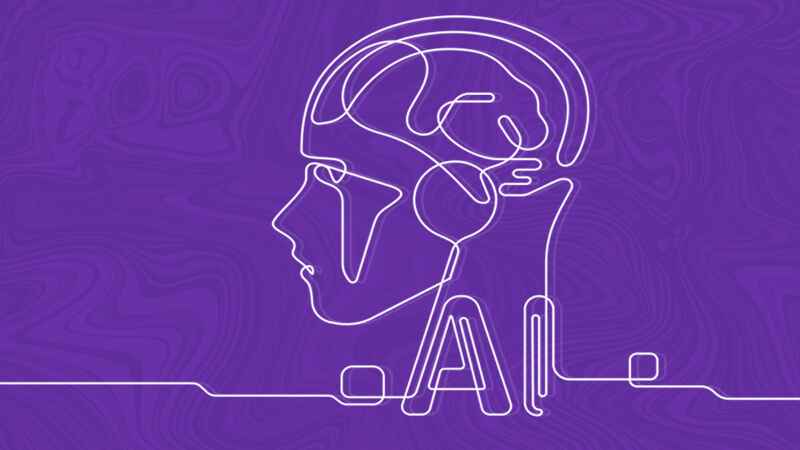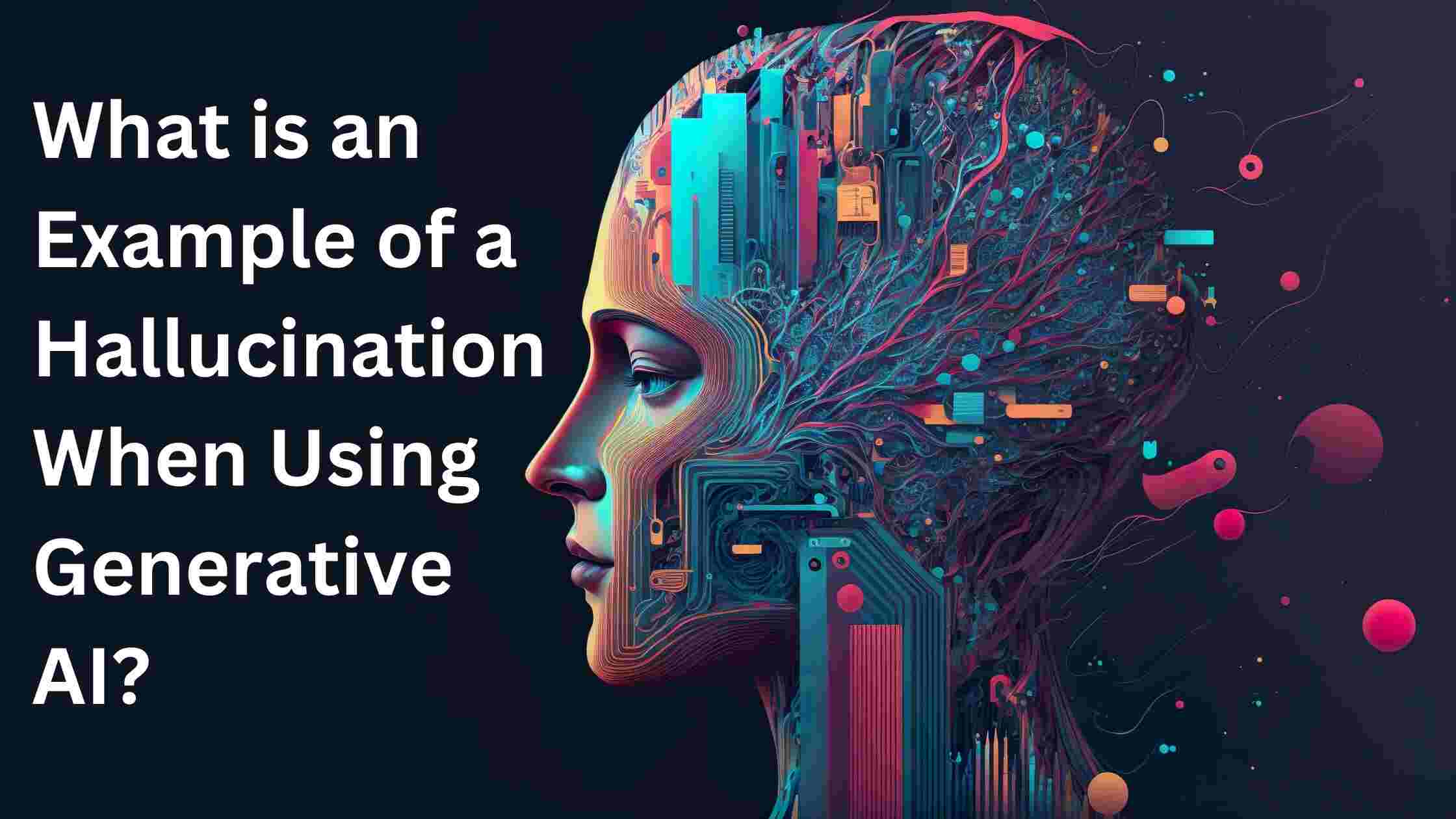Generative AI is transforming various industries, but it comes with its own set of challenges. One such challenge is the occurrence of hallucinations.
An example of a hallucination when using generative AI is when the model creates information that seems real but is actually incorrect or made up.
In this blog, we will explore what hallucinations are, how they happen in Generative AI, and look at some real-world examples to understand this phenomenon better.
Table of Contents
- What is a Hallucination in Generative AI?
- Examples of a Hallucination in Generative AI
- Why Do Hallucinations Occur?
- How to Mitigate Hallucinations in Generative AI
- Conclusion
What is a Hallucination in Generative AI?

Imagine your AI assistant as a super-smart friend who sometimes gets carried away with their imagination. That’s what a hallucination is in AI terms. It’s when the AI makes up information that isn’t true or real.
These AI slip-ups can happen because the AI doesn’t actually “know” things like we do. It works with patterns it’s learned from lots of data. Sometimes, it mixes up these patterns and creates something that sounds right but isn’t.
Think of it like a game of telephone gone wrong. The AI might start with correct info but end up saying something completely made up!
Examples of a Hallucination in Generative AI
Let’s look at some common ways AI might hallucinate:
1. Made-up facts:
- AI says: “The Eiffel Tower was built in 1920.”
- Reality: It was actually built in 1889.
2. Imaginary people:
- AI creates a fake biography for “Dr. John Smith, the first person to walk on Mars.”
- Truth: No one has walked on Mars yet!
3. Mixing up information:
- AI claims: “Shakespeare wrote ‘The Great Gatsby’.”
- Fact: F. Scott Fitzgerald wrote that book, not Shakespeare.
Why Do Hallucinations Occur?
AI hallucinations happen for a few reasons:
1. Limited knowledge:
- AI only knows what it’s been trained on.
- It can’t learn new things on its own.
2. Pattern confusion:
- AI might mix up similar topics or events.
- This leads to incorrect combinations of information.
3. Overconfidence:
- AI doesn’t know when it doesn’t know something.
- It tries to answer even when it’s unsure.
How to Mitigate Hallucinations in Generative AI
Here are some tips to avoid being fooled by AI hallucinations:
1. Double-check important info:
- Use trusted sources to verify facts.
- Don’t rely solely on AI for critical information.
2. Ask for sources:
- If possible, ask the AI where it got its information.
- Be cautious if it can’t provide reliable sources.
3. Use AI as a helper, not the final word:
- Think of AI as a starting point for research.
- Always use your own judgment and knowledge.
4. Stay updated:
- AI is always improving.
- Keep an eye on new developments in AI accuracy.
Conclusion
AI hallucinations are like little hiccups in the amazing world of artificial intelligence. While they can be funny or confusing, it’s important to be aware of them. Remember, AI can make mistakes or invent information, Always double-check important facts, Use AI as a helpful tool, not the ultimate truth-teller. By understanding hallucinations, we can better use AI to help us while avoiding its pitfalls. Stay curious, stay skeptical, and enjoy exploring the world of AI!

